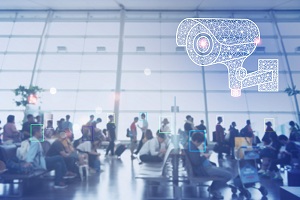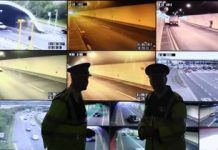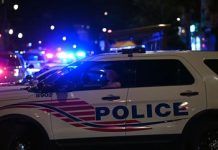The study by researchers from Griffith University in Queensland was designed to detect real-time breaches in social distancing parameters, using people detection and tracking algorithms. The team deployed AI software in cameras at Gold Coast Airport, which before the COVID-19 pandemic had 6.5 million visitors annually and covers an area of 290,000 sq metres.
They deployed several algorithms light enough for use at the edge – testing automatic people detection, automatic crowd counting and social distancing breach detection – to find the best combination of performance, accuracy and reliability.
Three cameras were used for the automatic detection of social distancing breaches covering the check-in area, food court and waiting area. Researchers compared live video feeds and the AI analysis results to determine if people marked by the software were actually in breach of the guidelines. The ability for human checking of results reduces data bias and improves transparency of the system, say the researchers.
By keeping image processing ‘gated’ to a local network of cameras, the team bypassed the need to store sensitive data on a central system. The technique used was based on a federated learning approach, which by using AI at the edge enabled local camera training and the aggregation of local updates, without sharing actual data with the central network.
Researchers found camera angles affected the ability of AI to detect and track people’s movements in public areas, and recommended angling cameras between 45 to 60 degrees.
“Our goal was to create a system capable of real-time analysis, with the ability to detect and automatically notify airport staff of social distancing breaches,” said Professor Dian Tjondronegoro, Head of Business Strategy and Innovation at Griffith Business School. “With our system, the central machine only needs to periodically call on local nodes to send updates they’ve made to their decision-making models – without needing to see the images they’ve captured.
“Our AI system performed in real-time giving accurate and reliable results. It can also generate heat maps to show cumulative breaches highlighting spaces which may need to be re-designed for public safety.
“The system can scale up in the future by adding new cameras and be adjusted for other purposes. Our study shows responsible AI design can and should be useful for future developments of this application of technology.” The study adds to the growing list of AI applications related to the consequences of the COVID-19 pandemic.








